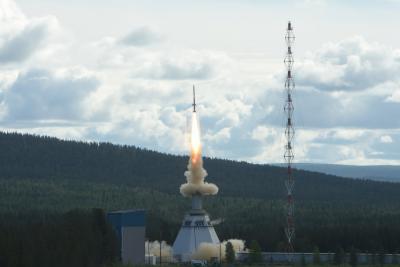Graphene oxide proposed as significant component of interstellar dust
Peter J Sarre, Professor of Chemistry and Molecular Astrophysics at the University of Nottingham in the UK, has released a fascinating work that infers, based on previously unassigned optical and infrared astronomical observations and comparison with laboratory data on graphene oxide (GO), that GO is a significant component of interstellar dust.

Dust particles play a major role in the formation, evolution and chemistry of interstellar clouds, stars, and planetary systems. Commonly identified forms include amorphous and crystalline carbon-rich particles and silicates. Also present in many astrophysical environments are polycyclic aromatic hydrocarbons (PAHs), detected through their infrared emission, and which are essentially small flakes of graphene.




